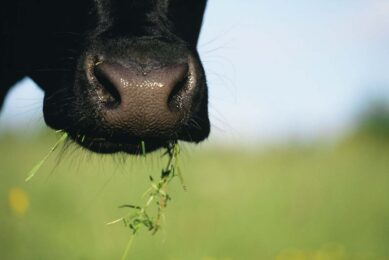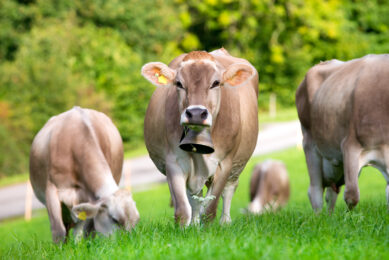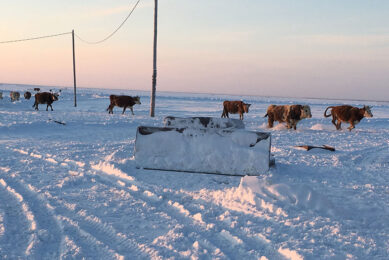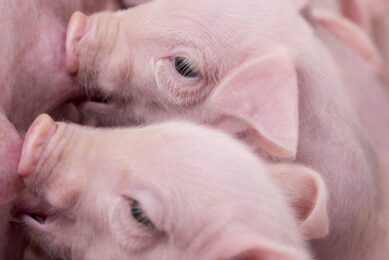Effective fly control on a dairy farm
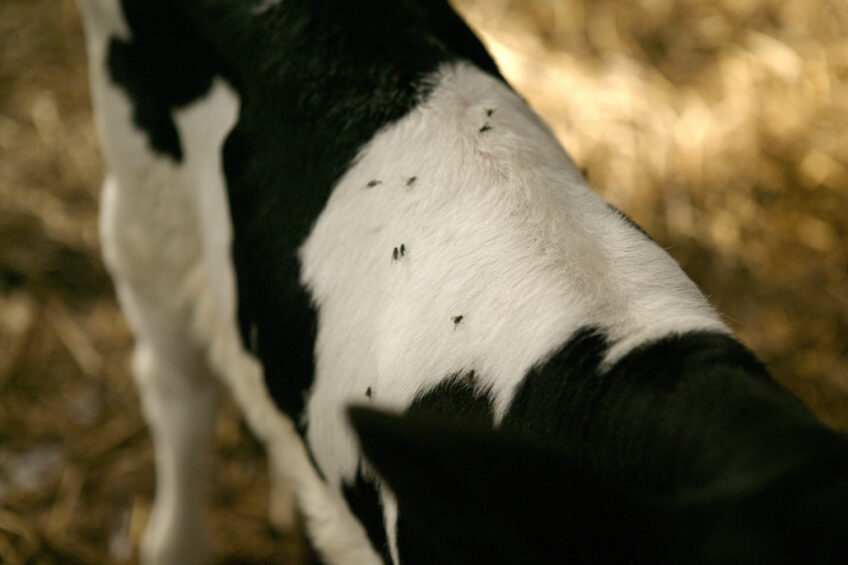
When a dairy operation becomes infested with flies, herd health, comfort, productivity and the bottom line can take a severe hit. What can be done to control them?
Flies spread disease causing bacteria and other organisms that can lead to infections and lost productivity, costing the industry hundreds of millions of dollars in losses each year. For the most effective control of these costly pests, a comprehensive integrated pest management programme built around effective fly control products should be administered. “There’s no single silver bullet that can solve all of the fly problems on a dairy operation, so we work with our customers to devise a complete plan for the highest level of control,” said Mark Upton, director of sales for the feed additives division of US company Central Life Sciences.

3-phase approach
The best way to fight the problem is to use a three-phase approach, consisting of: planning, implementation and evaluation (PIE) as part of an integrated pest management programme (IPM), a strategy recommended by Central Life Sciences. Planning lays the groundwork for the IPM programme through the monitoring of fly activity and development of the control strategy. One of the first steps in this planning stage starts with identifying what fly species are infesting an operation. Because different flies have different tendencies, knowing these unique traits can help better fight those flies causing cattle discomfort (see box).
After identifying the flies on an operation, the next steps in the planning stage are to inspect the operation and find areas with the heaviest fly populations, then set a threshold where fly populations and environmental conditions dictate that action must be taken. Finally, tactics should be established and all employees trained on the plan.
The programme then moves into implementation where the actual fly-control tactics are put into action. This phase is a complete mix of tactics that will be used to help control fly populations. Implementation efforts are built around the four components of the IPM Pyramid; cultural, physical/mechanical, biological and chemical. The cultural phase is where daily habits are established and best sanitation practices are implemented around the facility.
Essential cultural practices and habits include:
- Manure management practiced in a timely and consistent manner, as it is the primary breeding site for flies,
- Maintain weeds and grass as they provide an ideal resting place. On pasture, clear or spread out grass clumps, or mulch when possible,
- Change bedding which can serve as a primary breeding site. Clean spilled milk or milk replacer and decaying straw and wood shavings in calf bedding
- Rotate hutches, regularly cleaning and moving calf hutches and pens and keeping them well ventilated.
Physical and mechanical efforts
Once these cultural measures are taken, the next action of the implementation phase includes physical and mechanical efforts. This includes the maintenance of all structures and facilities that deny flies access points. To make an operation less hospitable to nuisance flies, consider these four tactics:
- Improve air flow by installing fans to produce a downward and outward air flow that can limit fly activity in barns and other enclosed spaces,
- Deny entry to physical structures by caulking, filling holes and sealing around electrical outlets,
- Repair structures by patching or sealing any cracks or crevices in structures, and securing fine-mesh screens over any windows and
- Seal refuse with tight lids on garbage cans, and ideally house in an enclosed area.
Which flies to look out for on a dairy farm?The 4 species of fly most commonly found on a dairy operation affecting cattle include:
|
The biological control component incorporates naturally occurring fly enemies to help keep their populations in check. Predatory beetles and mites, parasitic wasps, and fly pathogens are all beneficial pests that can be used as part of an IPM programme to maximise fly-control efforts with no adverse effect to animals or humans.
Once the first three components of IPM implementation are in place, it is time to incorporate the chemical phase. The chemical phase of a comprehensive IPM programme includes both a “conventional” and a “biorational” component. The “conventional” half of the chemical phase includes the use of insecticidal baits, perimeter sprays and foggers, and on-animal treatments for the knockdown control of adult flies. To prevent resistance, incorporate a balanced mix of fly-control modes of action and ensure a rotation of active ingredients. The “biorational” half includes the use of a feed-through larvicide to break the life cycle, gaining long-term control (such as control products like ClariFly Larvicide).
Moving forward
Finally, results are measured in the evaluation stage. This essential step helps ensure effective results for years to come. To maximise results, track fly populations with speck cards and sticky traps, documenting all progress. Once operators have determined what steps have proven successful and where they have areas for improvement, the IPM programme can be adjusted to maximise fly control efforts moving forward. Countless studies have shown that flies can have a serious economic impact on dairy operations by interfering with cow health and profitability. These losses can be compounded by the expense of ineffective or inefficient efforts to control flies. By implementing a comprehensive IPM programme, dairy operations can limit the economic damages from flies while avoiding unexpected and unnecessary control expenses.
Join 13,000+ subscribers
Subscribe to our newsletter to stay updated about all the need-to-know content in the dairy sector, two times a week.



